Content
Inspect the upper shadow of the candlestick to determine the high price. The shadow is a line behind the body of the candlestick and is also sometimes known as the ?wick? of the candlestick. Look at the upper line to see the highest price for the market. These two types of candlestick patterns are triple candle patterns. Doji candlesticks are distinguished by their tall wicks and small bodies. If a Doji is spotted on a candlestick chart, this shows that the market suffered a lot of volatility during the session. For example, while the wicks of a candlestick do tell us the high and low of the period, they can’t tell us which one happened first.
It?s meant to give you the most control possible over your trades, but of course that means gaining a bit of know-how of each part of the screen. For this tutorial, we?re going to introduce you to a helpful little tool called the candlestick chart.
What did we change?
The reversal implications of a dragonfly doji depend on previous price action and future confirmation. The long lower shadow provides evidence of buying pressure, but the low indicates that plenty of sellers still loom. After a long downtrend, long black candlestick, or at support, a dragonfly doji could signal a potential bullish reversal or bottom. After a long uptrend, long white candlestick or at resistance, the long lower shadow could foreshadow a potential bearish reversal or top. Candlestick charts are especially helpful in identifying market trend changes. An engulfing candle pattern is one such indicator of a potential change in market trend.
How do you read a candle pattern?
A candle pattern is best read by analyzing whether it’s bullish, bearish, or neutral (indecision). Watching a candlestick pattern form can be time consuming and irritating. If you recognize a pattern and receive confirmation, then you have a basis for taking a trade. Be careful not to see patterns where there are none. Let the market do its thing, and you will eventually get a high-probability candlestick signal.
No pattern works all the time, as candlestick patterns represent tendencies in price movement, not guarantees. Candlestick charts in trading are price charts that show trends and reversals, in which the prices are denoted by candlesticks. This form of price representation was invented in Japan and made its first appearance in the 1700s.
Double Candle Pattern
So far, we have discussed what is sometimes referred to as the Japanese candlestick chart. Some chartists prefer to use black-and-white representations. So instead of using green and red, the charts represent up movements with hollow candles how to read candlestick charts and down moves with black candles. The highest part of the wick on top of the real body marks the high price for that period. If there is no upper wick, then the top of the real body was also the highest price during that period.
But this will give a rough idea of how long it takes for a peak-to-valley to occur, and how significant the resulting changes in price will be. Let?s first take a look at the basics of candles so you can understand the various parts of a candlestick. A slight variation of this pattern is when the second day gaps up slightly following the first long up day. Everything else about the pattern is the same; it just looks a little different. When that variation occurs, it’s called a “bullish mat hold.” The content on this website is for informational purposes only and does not constitute a comprehensive description of Titan?s investment advisory services. Certain information contained in here has been obtained from third-party sources.
Bearish three-day trend reversal patterns
A light candle means the buyers have won the day, while a dark candle means the sellers have dominated. But what happens between the open and the close, and the battle between buyers and sellers, is what makes candlesticks so attractive as a charting tool. A bullish harami cross occurs in a downtrend, where a down candle is followed by a doji. The bullish harami is the opposite of the upside down bearish harami. A downtrend is in play, and a small real body occurs inside the large real body of the previous day. If it is followed by another up day, more upside could be forthcoming.
- To indicate a substantial reversal, the upper shadow should be relatively long and at least 2 times the length of the body.
- Hammers show that although bears were able to pull the price to a new low, they failed to hold it there and lost a battle with buyers by the end of a trading period.
- An engulfing line is a strong indicator of a directional change.
- The candlestick is one of the most widely used charting methods for displaying the price history of stocks and other commodities ? including cryptocurrencies.
Candlestick charts show incremental movements in the price of an asset for a given period of time, from as little as a minute to a day or so. They may help some investors identify very short-term trading opportunities in stocks, ETFs, currencies and other markets. Day traders and professional fund managers sometimes use these charts for making many trades in a single day.
Bullish/Bearish Engulfing Lines
Traders can simply substitute green instead of white, and use a green candle instead of black and a red candle instead of white. A candlestick that forms within the real body of the previous candlestick is in Harami position. Harami means pregnant in Japanese; appropriately, the second candlestick is nestled inside the first.
The subtleness of the bullish harami candlestick is what makes it very dangerous for short-sellers as the reversal happens gradually and then accelerates quickly. A buy long trigger forms when the next candle rises through the high of the prior engulfing candle and stops can be placed under the lows of the harami candle. A bullish engulfing candlestick is a large bodied green candle that completely engulfs the full range of the preceding red candle. The body should completely engulf the preceding red candle body. The shooting star is a bearish reversal candlestick indicating a peak or top. The star should form after at least three or more subsequent green candles indicating a rising price and demand. Eventually, the buyers lose patience and chase the price to new highs before realizing they overpaid.
The lower shadow should be twice the length of the real body. Hammers show that although bears were able to pull the price to a new low, they failed to hold it there and lost a battle with buyers by the end of a trading period. Using a candlestick chart, you can read candlestick patterns that require an analysis of the candlestick’s body and shadows. With long candlesticks signaling a very active session and short candlesticks hinting at a stable market, you get a quicker reaction to the changes on the chart. Candlestick charts were first used about 300 years ago by rice traders in Japan, to try to gauge whether prices were poised to rise or fall.

